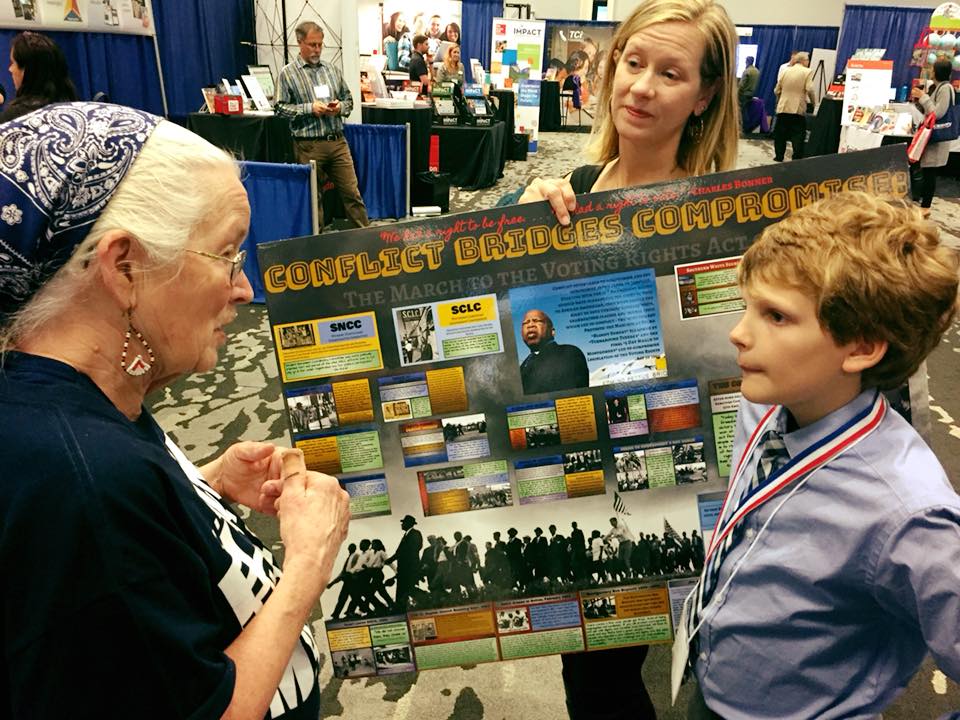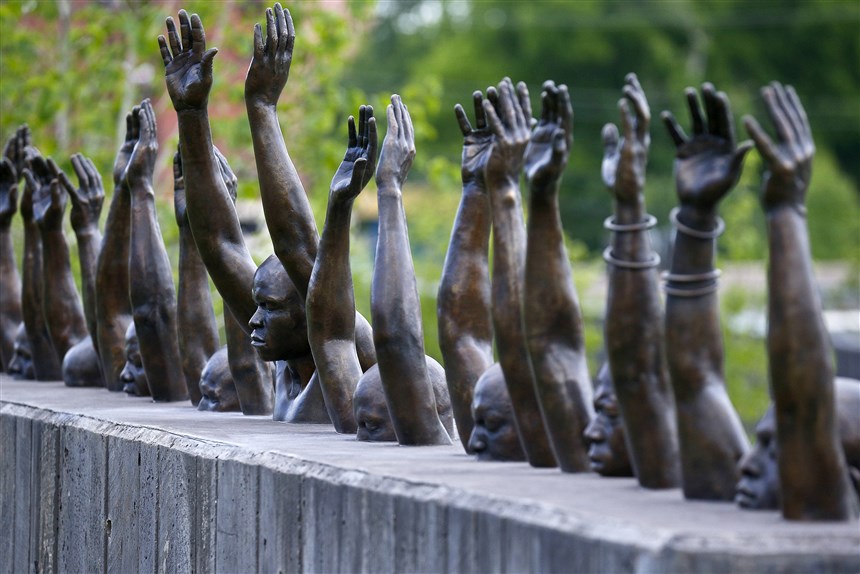The room was packed with high school and college students at the Utah Valley University. We had just completed a 75-minute session on racism and the power of the individual to step out of their comfort zone and make a difference and now we were about to start a 75-minute Q&A. There was a restless energy amongst us. My mother, Joan Trumpauer

Mulholland and I were joined by Dr. LaShawn Williams. I’ve done several of these before and knew what to expect but then the unexpected happened.
Several days earlier I was attending a session on diversity that was guided by Dr. Kenneth Brown. He had a way of saying the hard things without causing people to put their guards up. Who could hit you right between the eyes and you’d want to thank him for it. I had been thinking hard on a particular topic for several days and during my time with him it finally came together.
In August of 2017 while attending the Association of African American Museum (AAAM) Conference in Washington, D.C. a African American lady who might have been a couple of years older than me approached and thanked me for the work I was doing with the Joan Trumpauer Mulholland Foundation and our new award-winning film, “The Uncomfortable Truth”. She then told me a story. When she was in elementary school. All she was taught in school was that Blacks were slaves. This made her very self-conscious being the only black person in her classroom. She felt that being a slave was all her people amounted to. While I’m sure her parents and community told her differently, her history books and teacher said otherwise. She said, “I was ashamed to be Black.” I had never heard someone tell me that they were ashamed of being who they are based on their color of their skin.
As I sat in Dr. Brown’s lecture it struck me: if she had such a low viewpoint of herself imagine what her white classmates must’ve thought of African Americans! I made some quick notes and the next week I was confronted with a very honest and open question from one of the white students. He was sincere. I was troubled. Did he not listen to anything we had talked about in our earlier session? He said, “I understand that we have a bad history but things are different today. Why should I feel ashamed for something I didn’t do?”
My reply was simple, “You should feel bad because it was bad. This is something our people did to other people. You didn’t do it. I didn’t do it. But we need to call it what it is and recognized that it actually happened.” I continued, “This is uncomfortable. I get it. What we thought we knew isn’t the whole story. White men should feel pretty good about themselves because that’s all we’ve been taught. We have somehow glossed over the idea that America was founded by white people for white people and we created systems to maintain that every step of the way.”
I retold the story of what took place at the AAAM Conference and then said, “It’s okay if we learn that other people did great things. There’s nothing wrong with that. It doesn’t diminish our self-worth. Women have always made up roughly 50 percent of the world population but they only constitute three percent of our history books. What’s the harm in talking about women more? We need to elevate our perspective of other races in the classroom not just for that lady who was ashamed to be Black but for white students too. They need to see others in the classroom the same way white students get to see themselves. Imagine how much better things would be if we had that level of respect for everyone.”
Racism is taught. Sometimes, it’s taught by what we don’t say.




